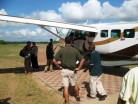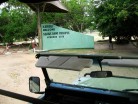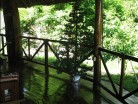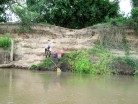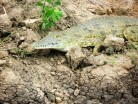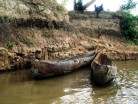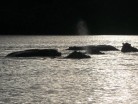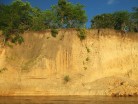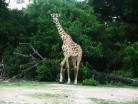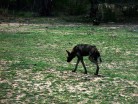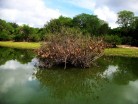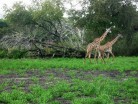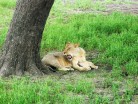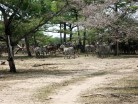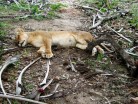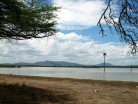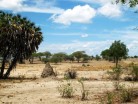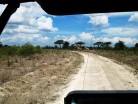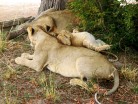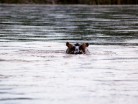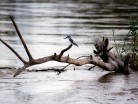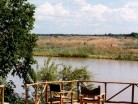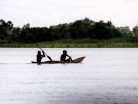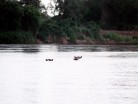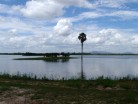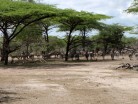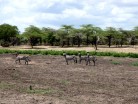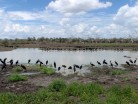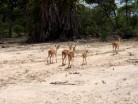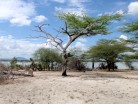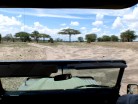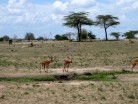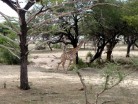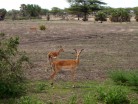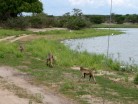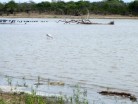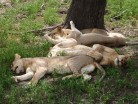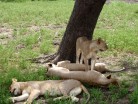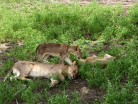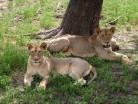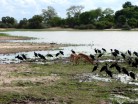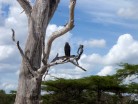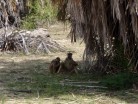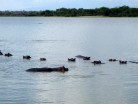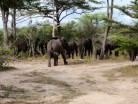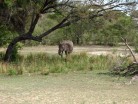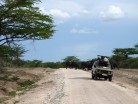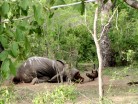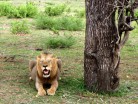The Selous Game Reserve is one of the largest fauna reserves of the world, located in the south of Tanzania. It was named after Englishman Sir Frederick Selous, a famous big game hunter and early conservationist, who died at Beho Beho in this territory in 1917 while fighting against the Germans during World War I. Scottish explorer and cartographer Keith Johnston also died at Beho Beho in 1879 while leading a RSGS expedition to the Great Lakes of Africa with Joseph Thomson. The Selous was designated a UNESCO World Heritage Site in 1982 due to the diversity of its wildlife and undisturbed nature.
The reserve covers a total area of 54,600 km² (21,081 square miles), has additional buffer zones and no permanent human habitation or permanent structures are permitted. All (human) entry and exit is carefully controlled by the Tanzanian Game Dept. Some of the typical animals of the savanna (for example elephants, hippopotami, African Wild Dog cape buffalo and crocodiles) can be found in this park in larger numbers than in any other African game reserve or national park. The Selous is one of the last remaining pristine true wilderness areas in the world.
The area was first designated a protected area in 1896 by the German Governor Hermann von Wissmann and became a hunting reserve in 1905. Nowadays it also has a touristic importance, though most of it is rarely visited by humans. Presence of the Tsetse fly and very difficult road access discourage visitation; however, it is easily accessible by train or small aircraft from Dar es Salaam.
